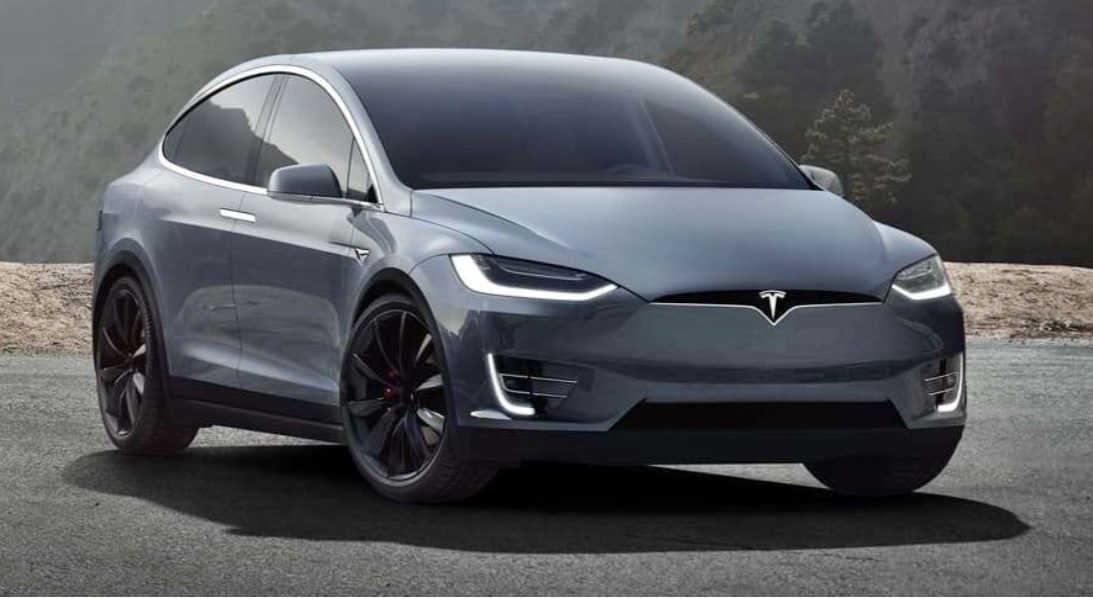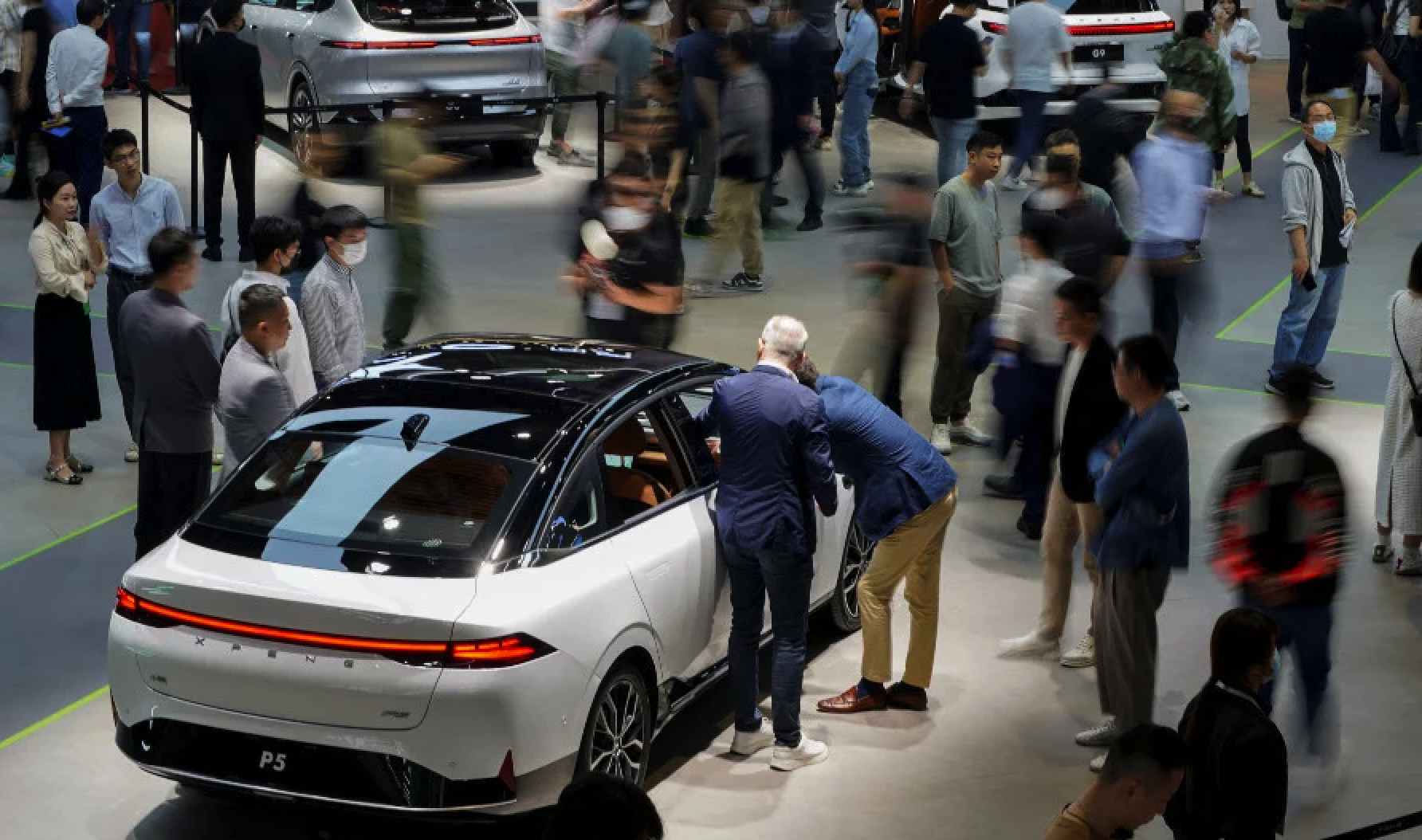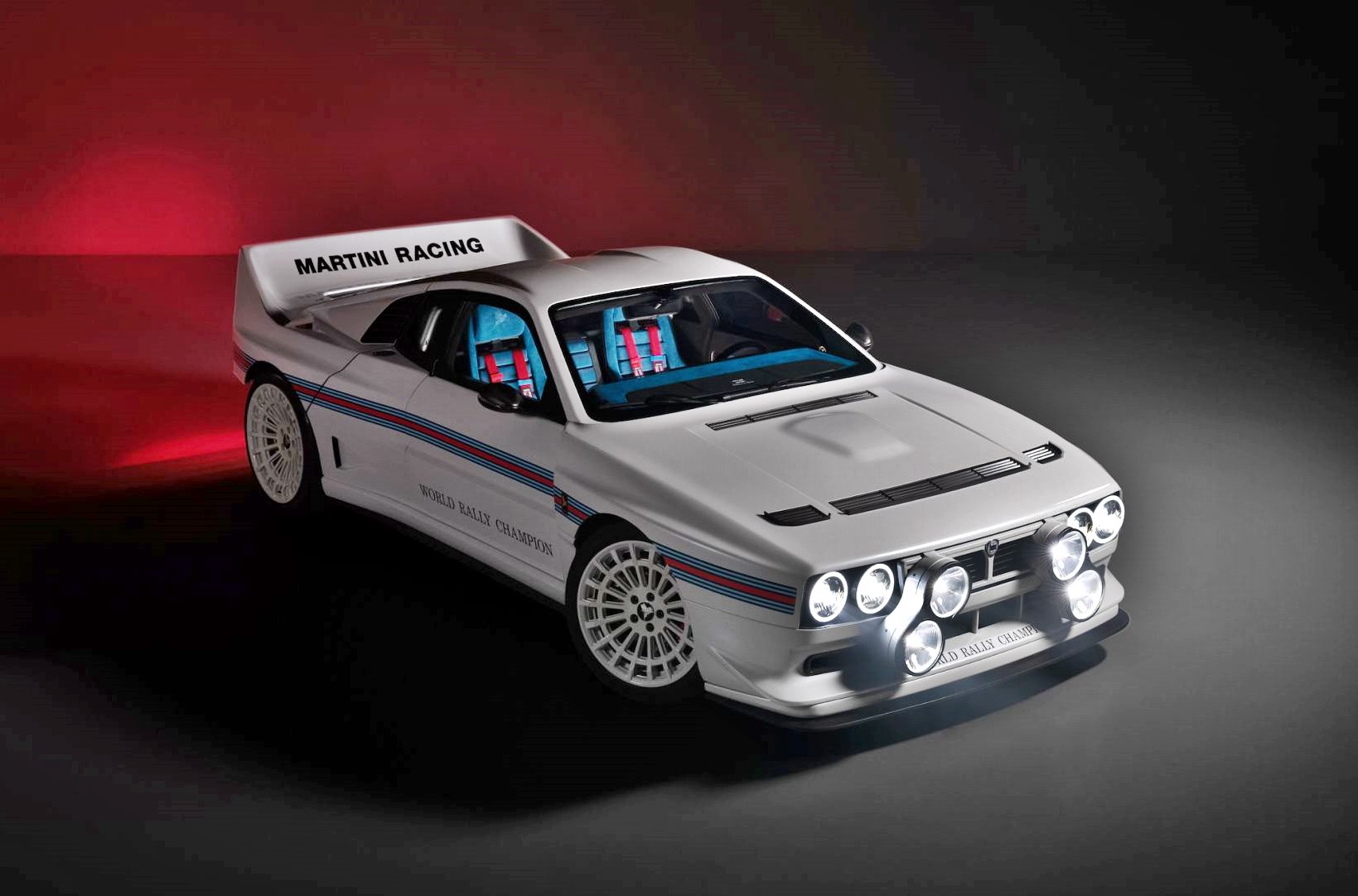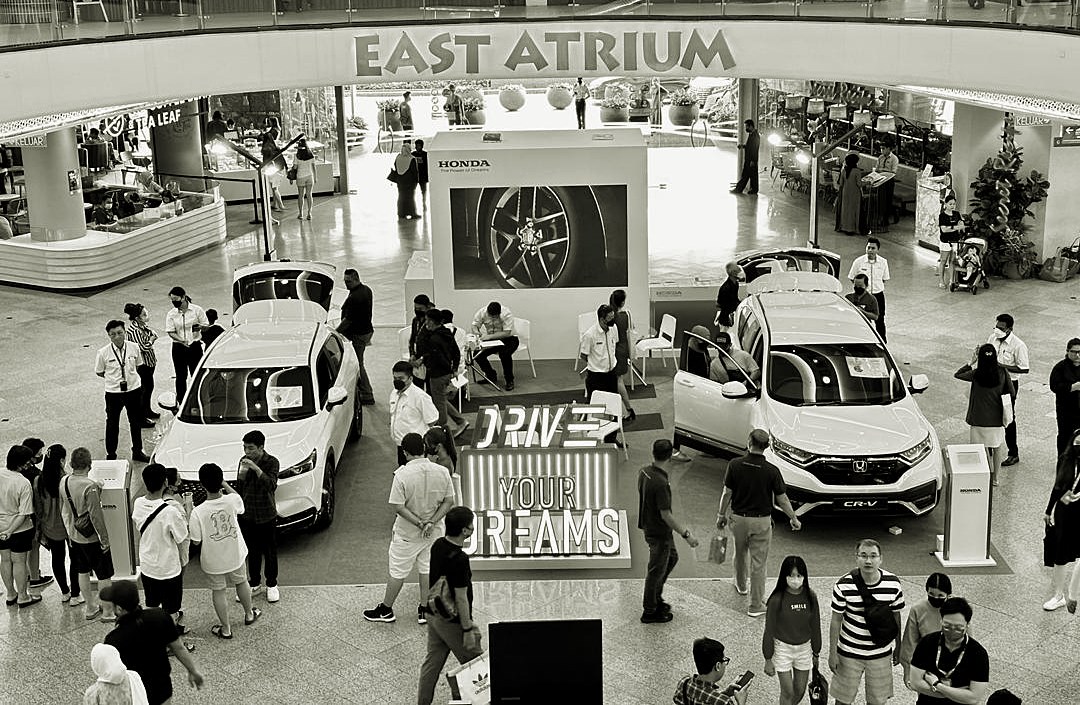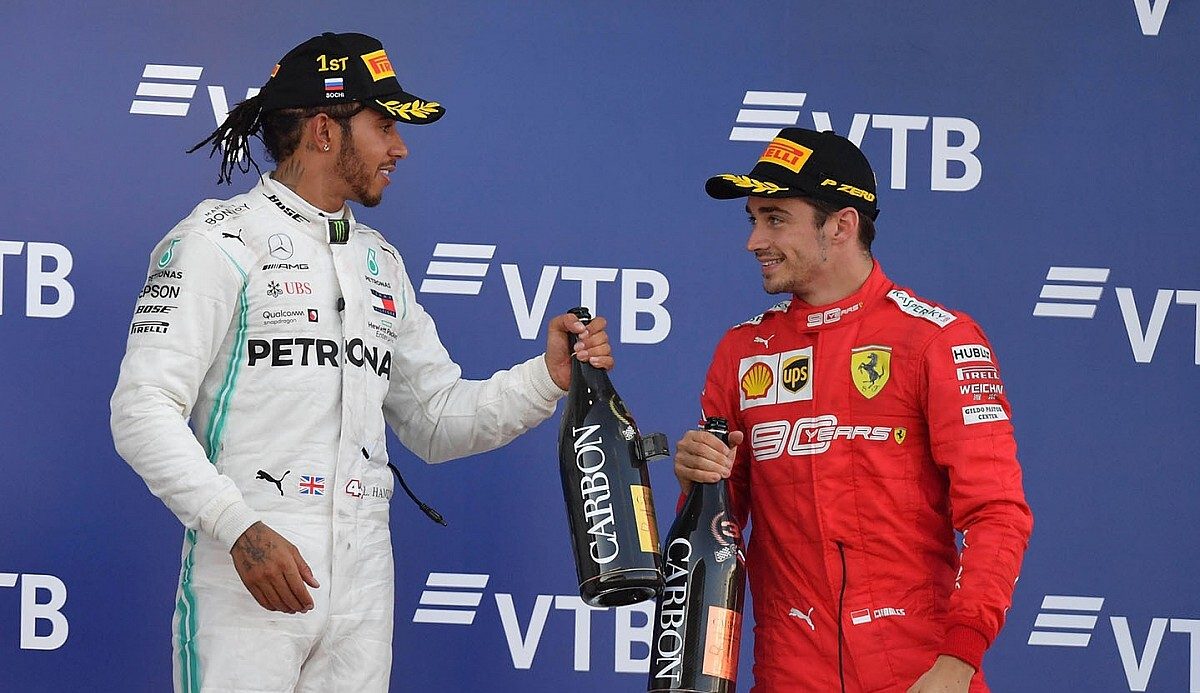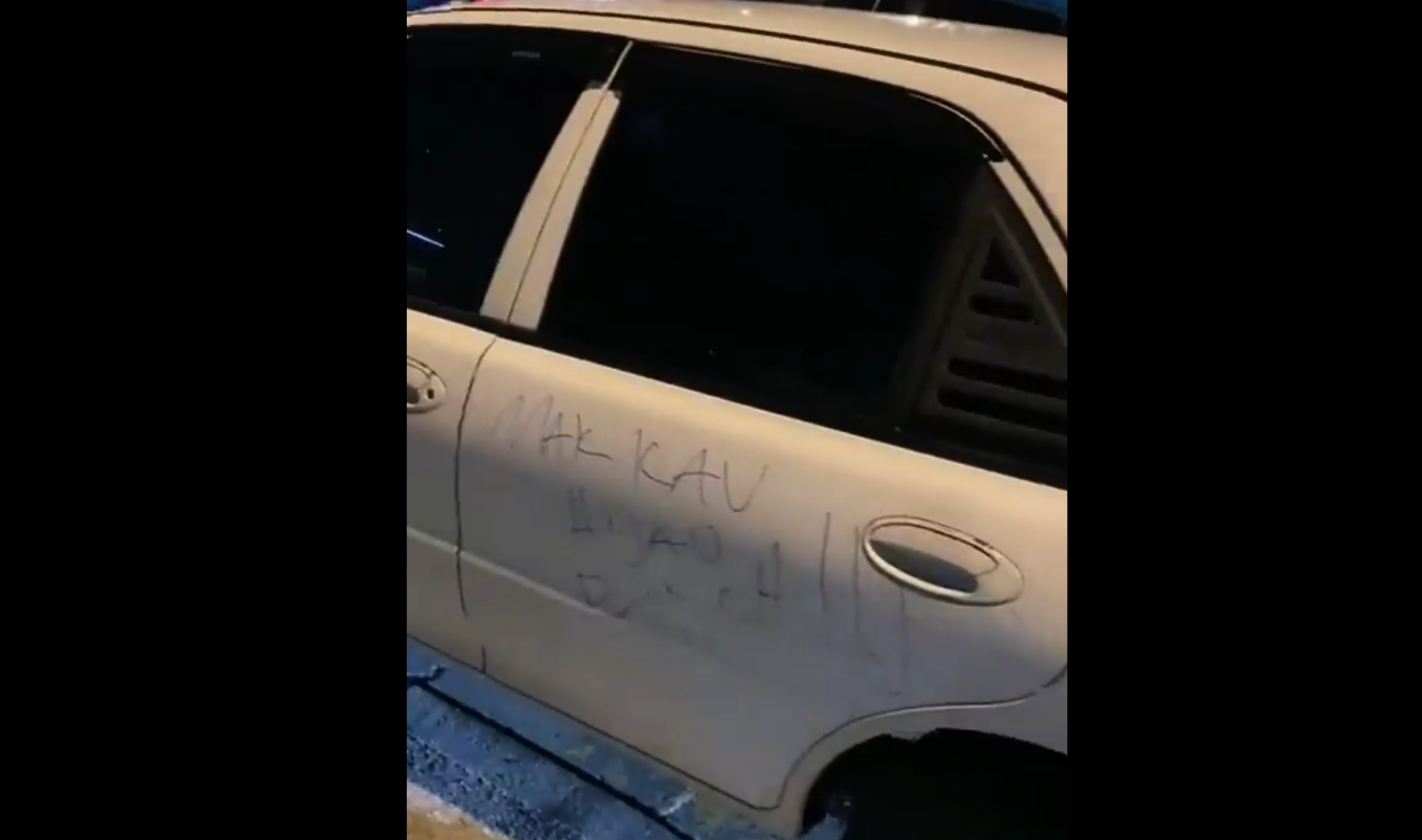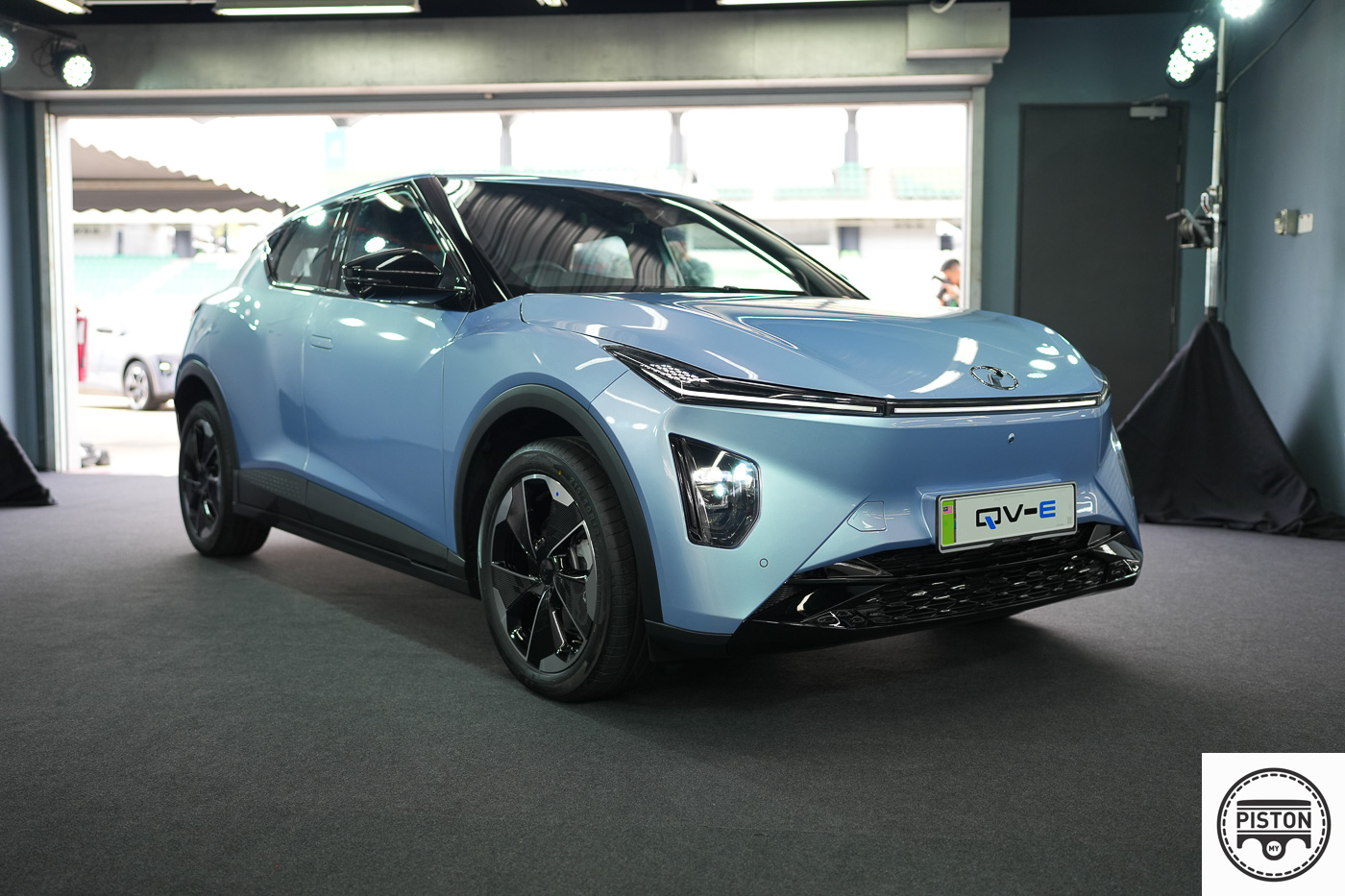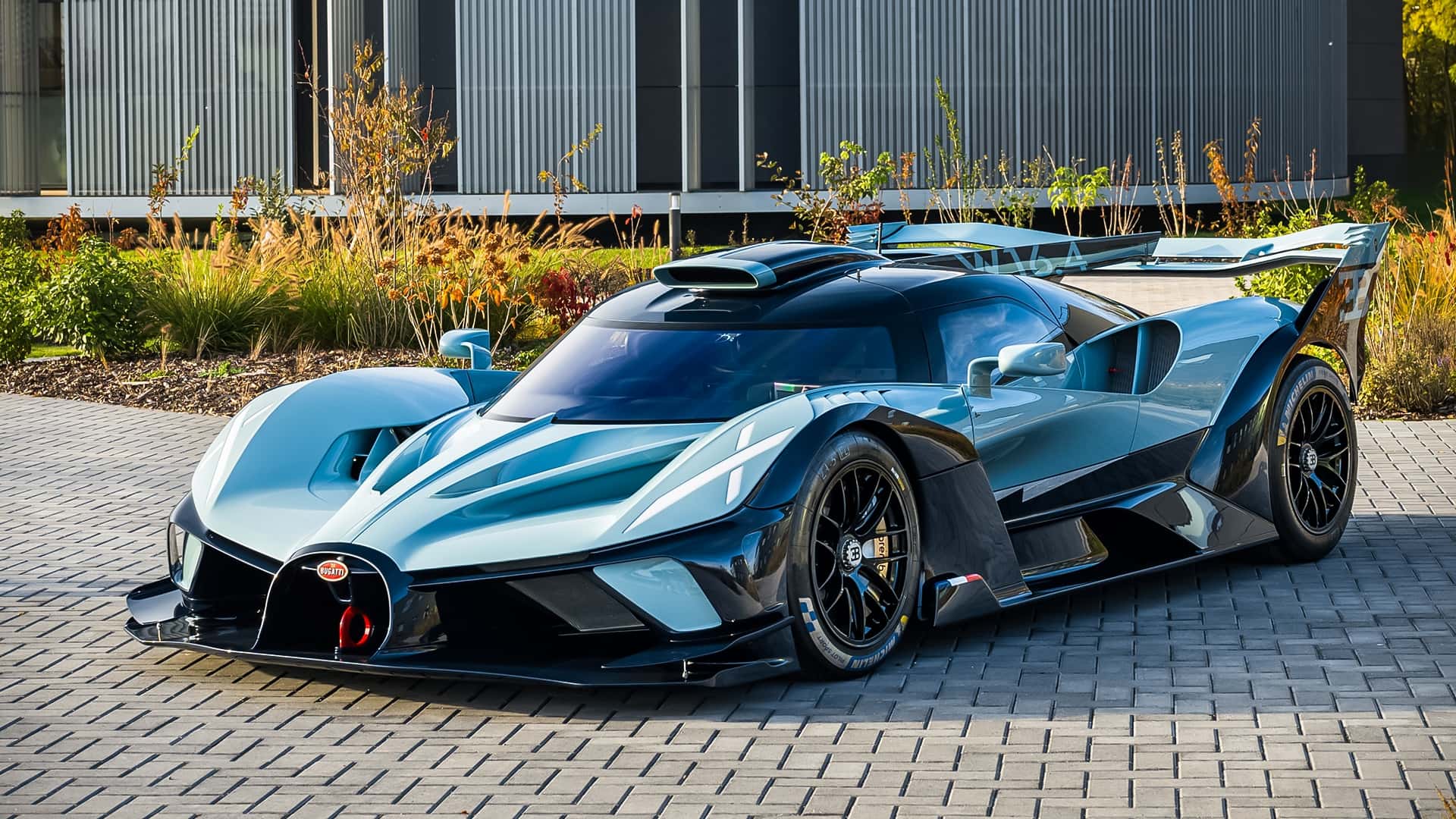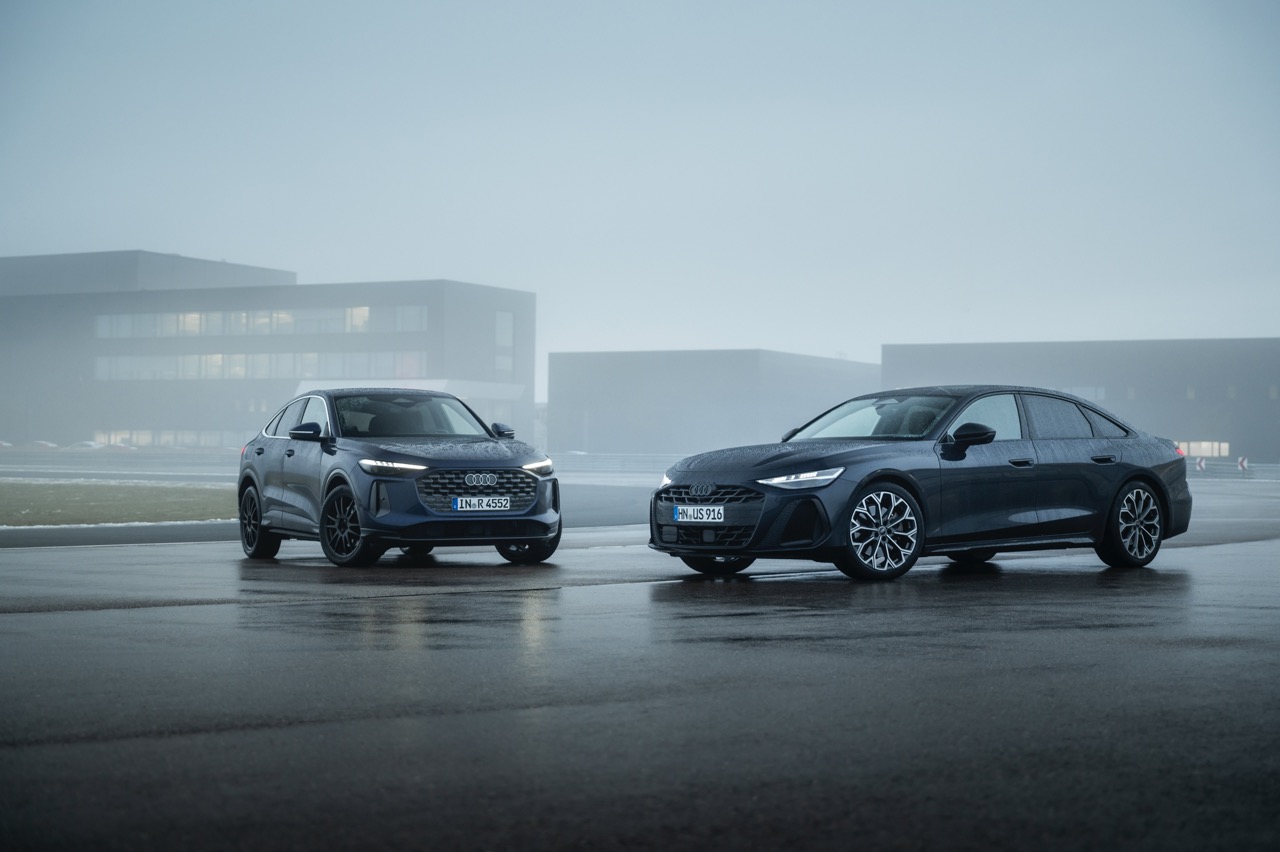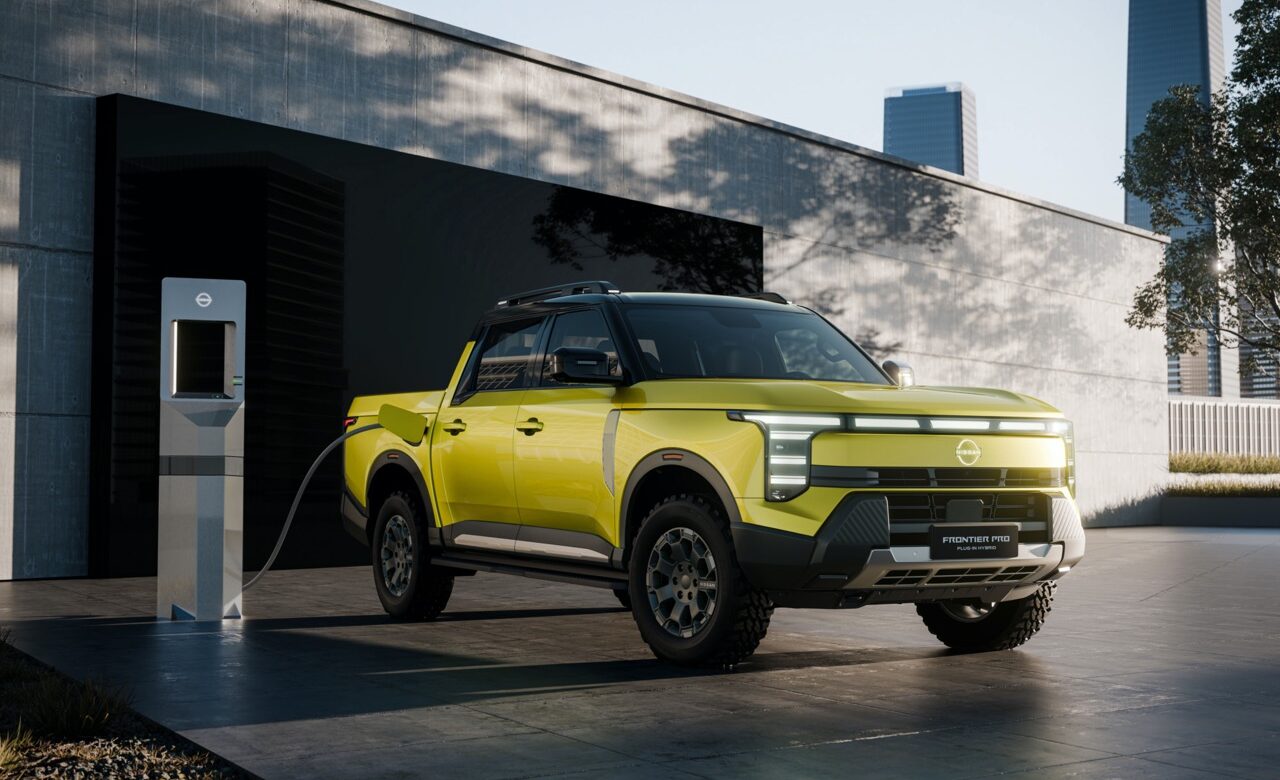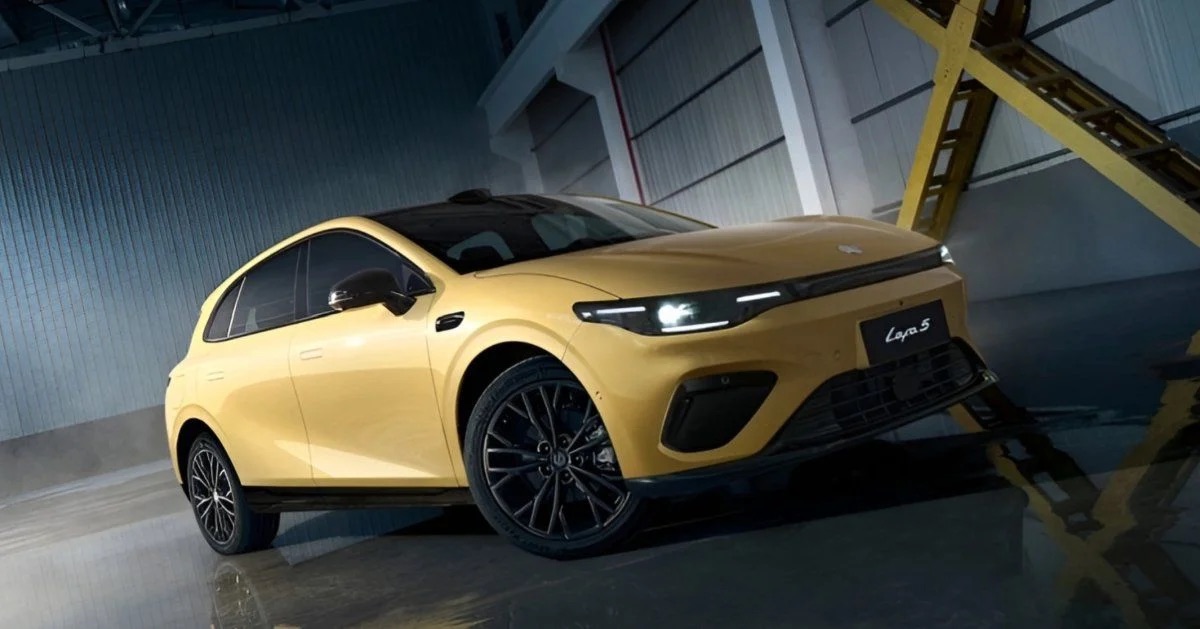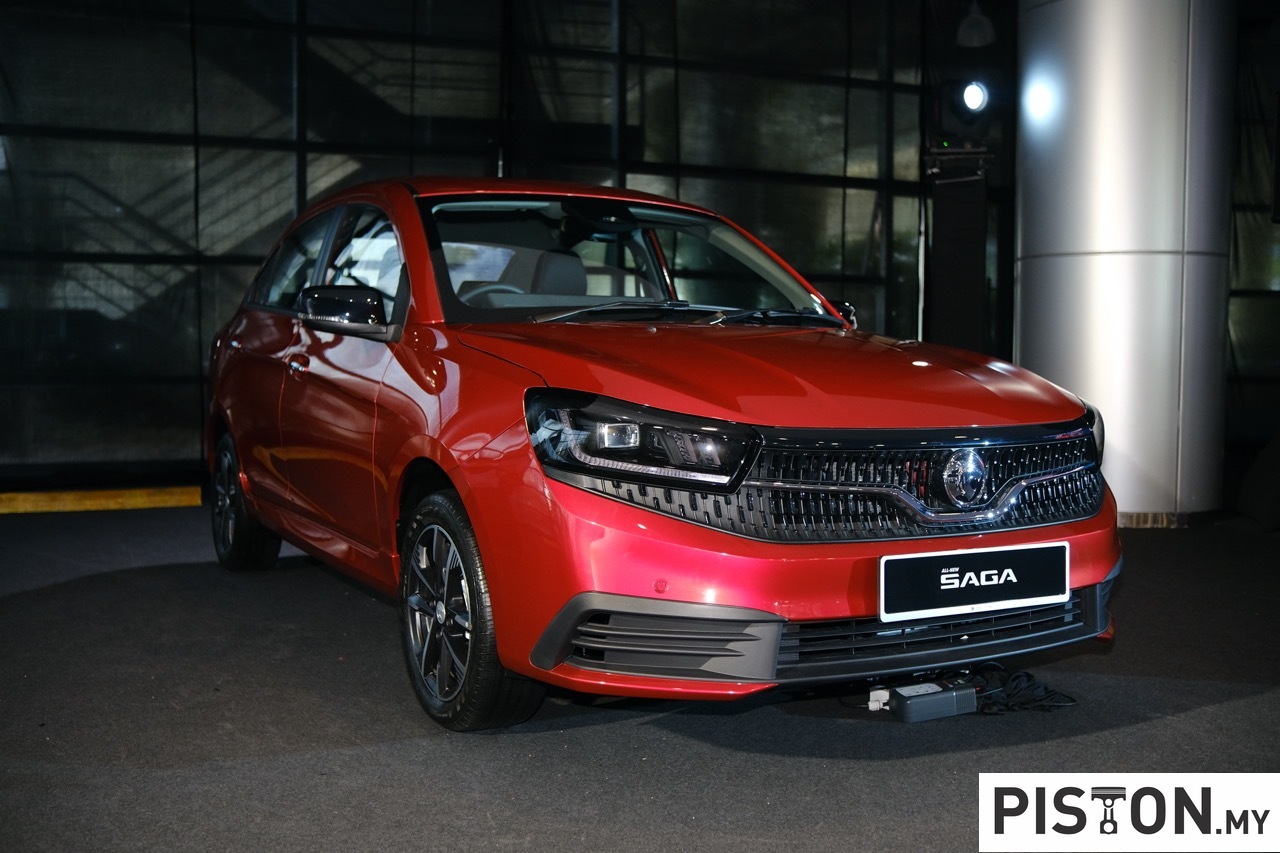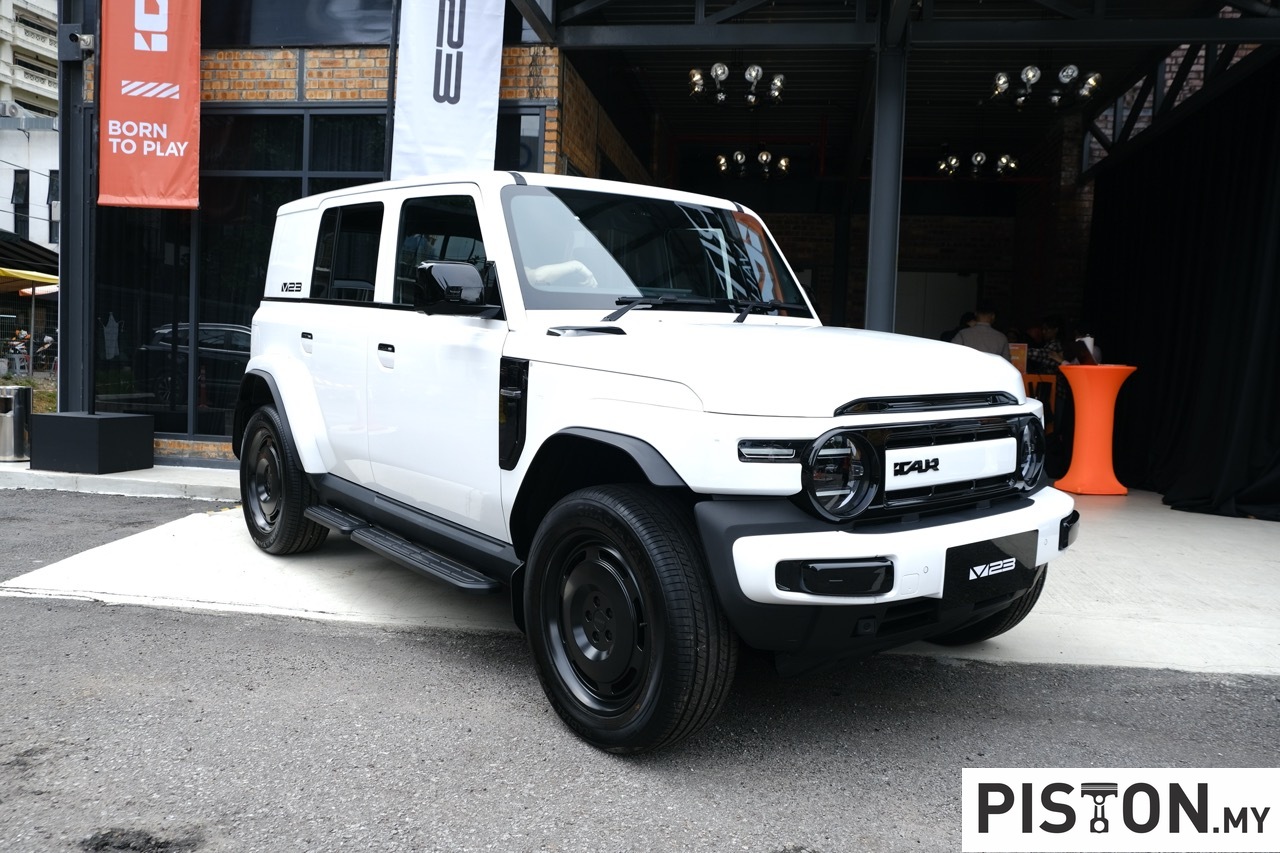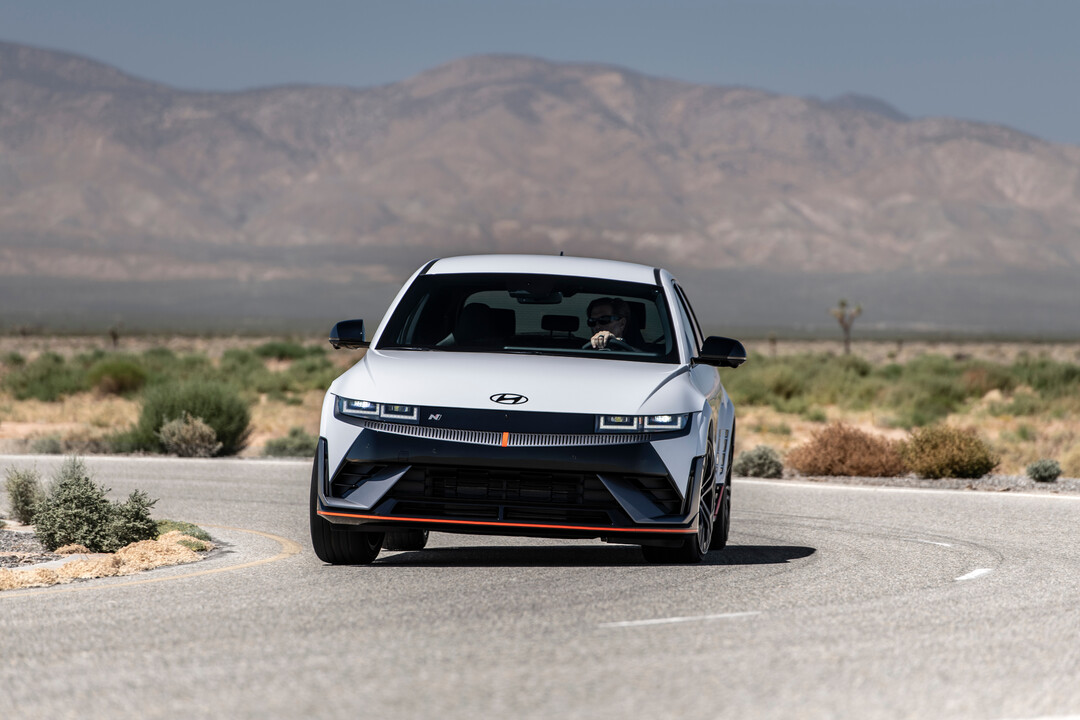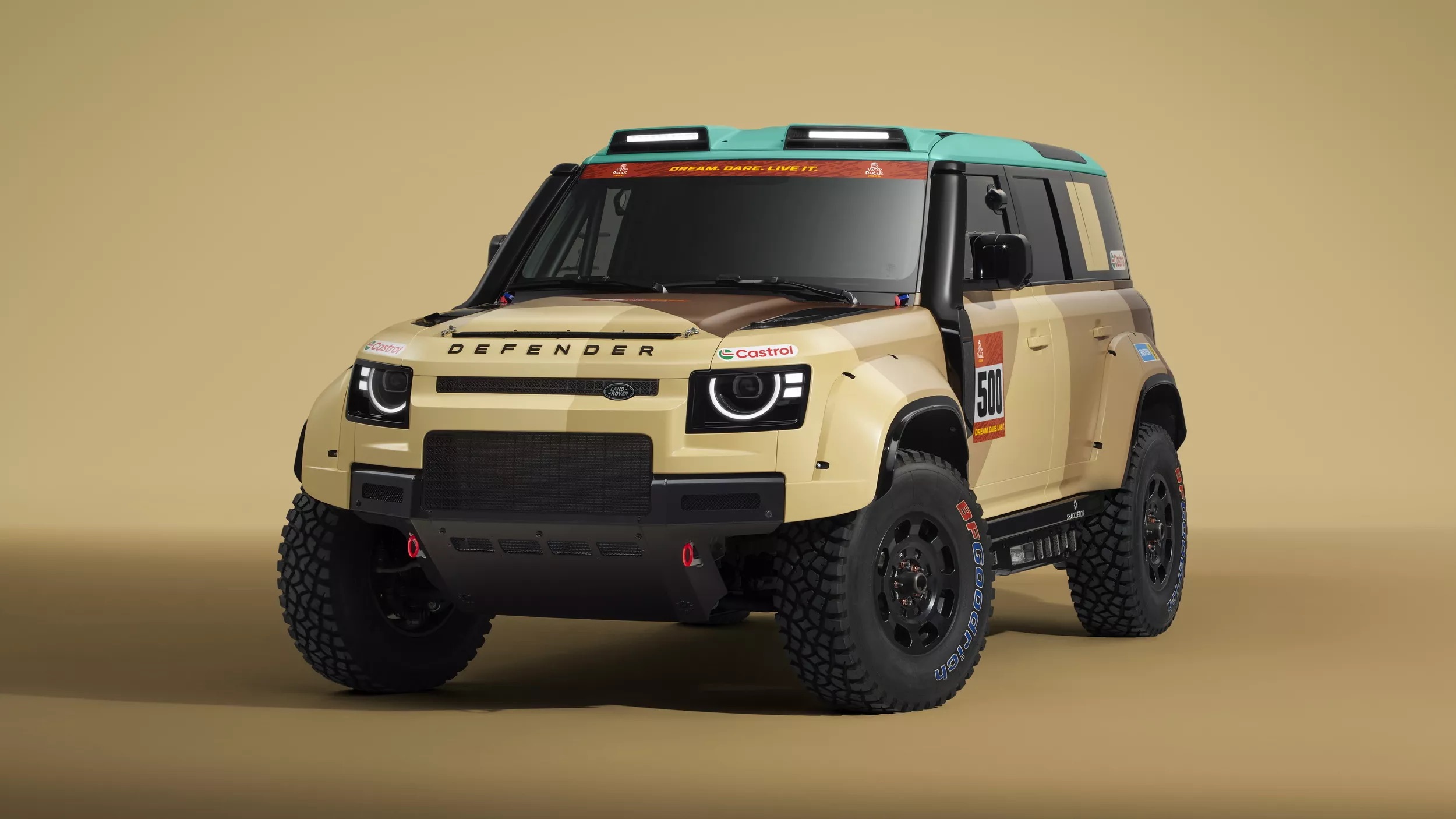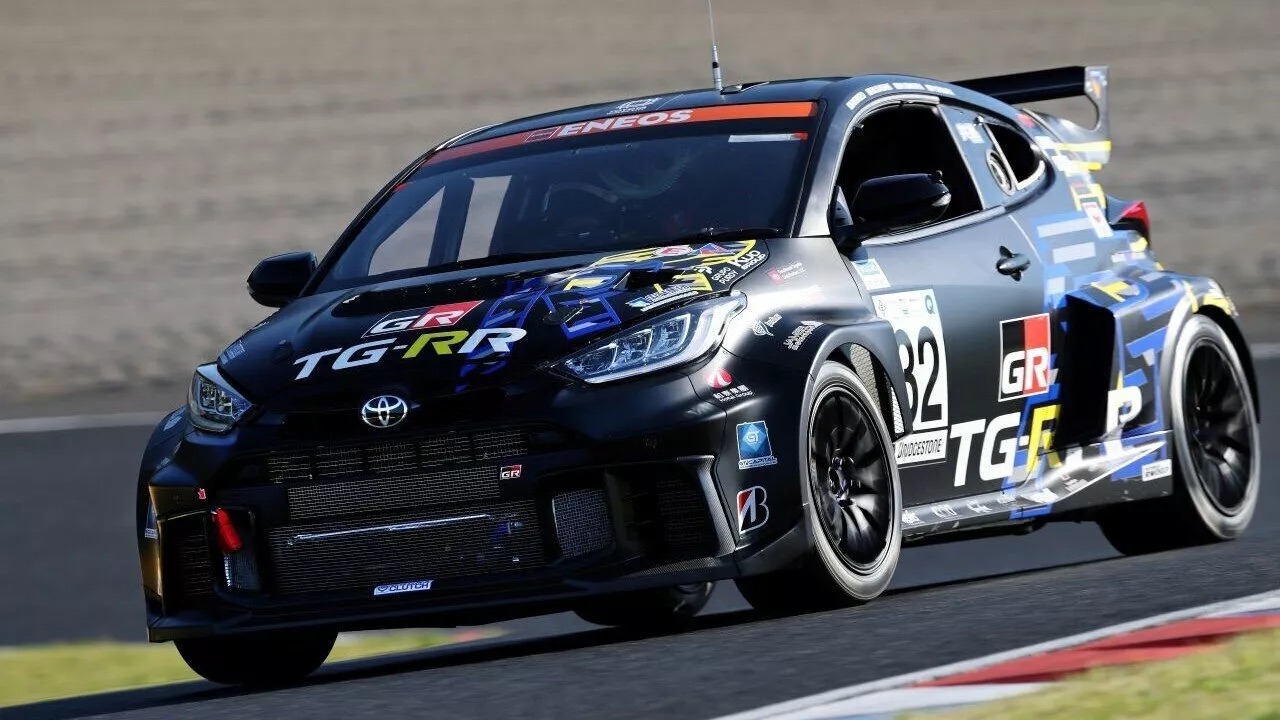Regenerative braking options for Tesla electric vehicles have been restored thanks to a new software update.
One of the most fascinating aspects of electric vehicles, regenerative braking, was previously adjustable by Tesla drivers.
An EV’s electric motor can reverse power to slow down the car instead of using a conventional braking system, recovering energy while it does so. This technology may even make one-pedal driving possible since you won’t need to press the brake pedal to engage the standard brakes except in an emergency.
(more…)
